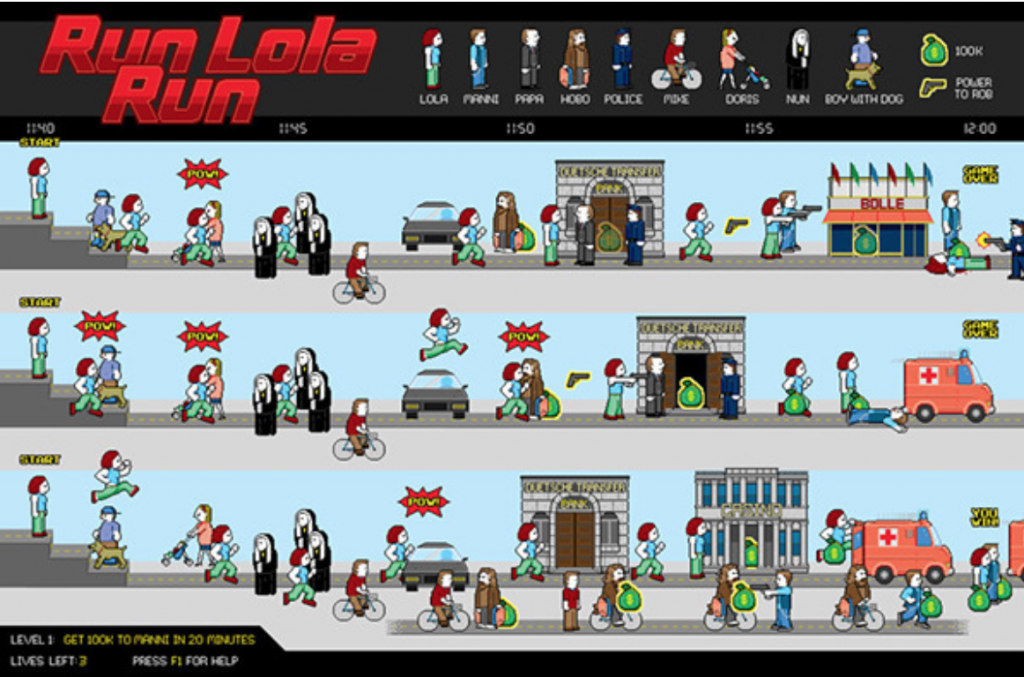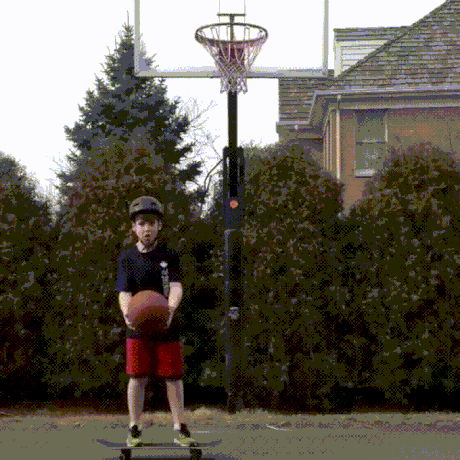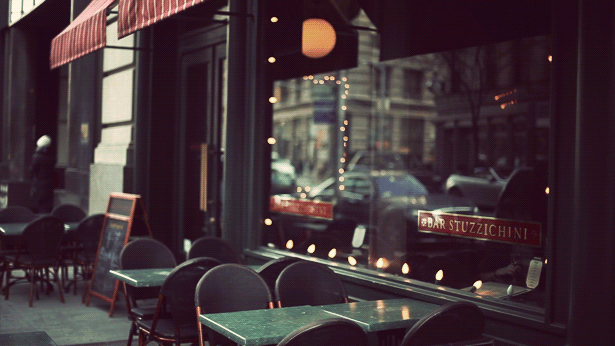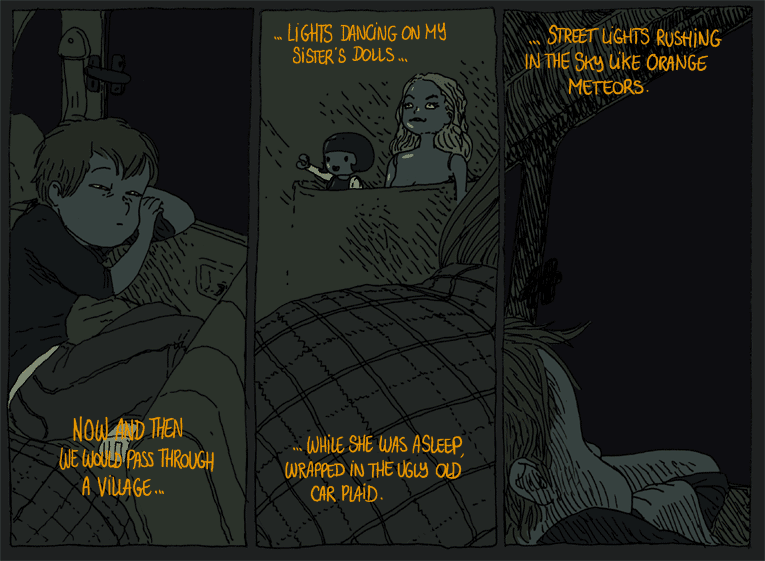To Do This Week
Read: Time Frames, by Scott McCloud
Blog: The art of cinema involves the manipulation of the viewer’s experience of time. The duration of a shot is like a temporal framing. In “Time Frames”, McCloud describes the various comics techniques for creating different temporalities. Reading McCloud, consider the framed panel in a comic as a cinema shot. Wider or longer panels are like shots with longer durations (“long takes”). Smaller panels are like shots of shorter durations. The main difference between comics and film is that with a page of arranged panels, the reader has a spatial “time map” in the simultaneous display of frames. In cinema, shots are mostly sequential and present an unfolding now. Discuss some aspect of McCloud’s visual essay that makes you think of the possibilities of time manipulation in digital cinema or of a certain movie scene that plays with time.
Video Lectures
Friday Class (Zoom)
- continuity projects…
- Run Lola Run (web movies)- loops, shuffled time, random access, generative, fractal
- temporal montage and narrative rhythm – Forever
- short loops > repetition, cyclic, narrative
- making loop (Premiere)
- HTML5 loop
Notes
Time, narrative and editing…
Run Lola Run
Parallel Action:
From Misery (1990):
Temporal Montage
screen time <= story time
Illusion of Continuous time: screen time <= story time
Narrative Rhythm
Forever with Maya Rudolph sequence – narrative rhythm – slow down and speeding up.
Compressed time: screen time < story time
Long takes: screen time = story time
The Cranes Are Flying – by Mikhail Kalatozov
Expanded time: screen time > story time
Alternating Expanded and Contracted time
160 Characters from Victoria Mapplebeck
Post-continuity or “Chaos” Cinema
LOOPS
Exact Repetition
short-term memory = under 20 seconds
beginning > middle > end
semi-static (infinite loop)
complex loops – variable duration of each shot
fookedonhonix
fookedonhonix
@madmatthies Took a couple days to relax – but I’m back with some new moves 😍 #transitions #transitioner #epictransitions #crazytransitions #foryou #transition
loops in new media – movement and interactivity
FilmText, by Mark Amerika
Zoe Beloff
Simultaneous Loops
spatial montage = “coexisting temporalities” (Lev Manovich)
Flora petrinsularis by Jean-Louis Boissier 1993
Interactive Cinema, by Uda Atsuko http://www.iamas.ac.jp/~makura/index_old.html
Sequential Loops
Eric Loyer calls “temporal polyrhythms”
The temporal map of the comic’s inter-panel progression with the various nested intra-panel movements.
“Our Toyota Was Fantastic” -Gilles Roussel a.k.a. Boulet
Interactive Cinema, by Uda Atsuko http://www.iamas.ac.jp/~makura/index_old.html
Nested Loops
an asynchronous assemblage of nested loops offers a picture of fractal time;
simultaneous temporalities of different scales, rhythms and durations.
Cinemagraphs (portion of image is in movement)
ASSIGNMENT: Due Next Class
Loops (5%):
no more than 10 seconds per loop
Shoot and edit 3 video loops (6-10 second mini-narratives) that depict, emphasize or evoke different subjective experiences of time: cyclic, slow, timeless, frantic, rhythmic. In one loop try to incorporate continuity editing – POV shot, match on action, etc – to maintain unity. In another, try out a more discontinuous/montage style by contrasting edited shots – dark/light, fast/slow, close-up/long-shot. In the third, attempt a perfect/infinite loop. Create a variety of shot durations for emphasis. A 4-second shot sandwiched between 2-second shots, will seem to stretch time.
The best way to show the loop is to repeat (times 3-5) the edited loop in the video track before uploading.
Or host the short videos in your DTC directory and add it using the wordpress shortcode for video. Do NOT set to autoplay.




